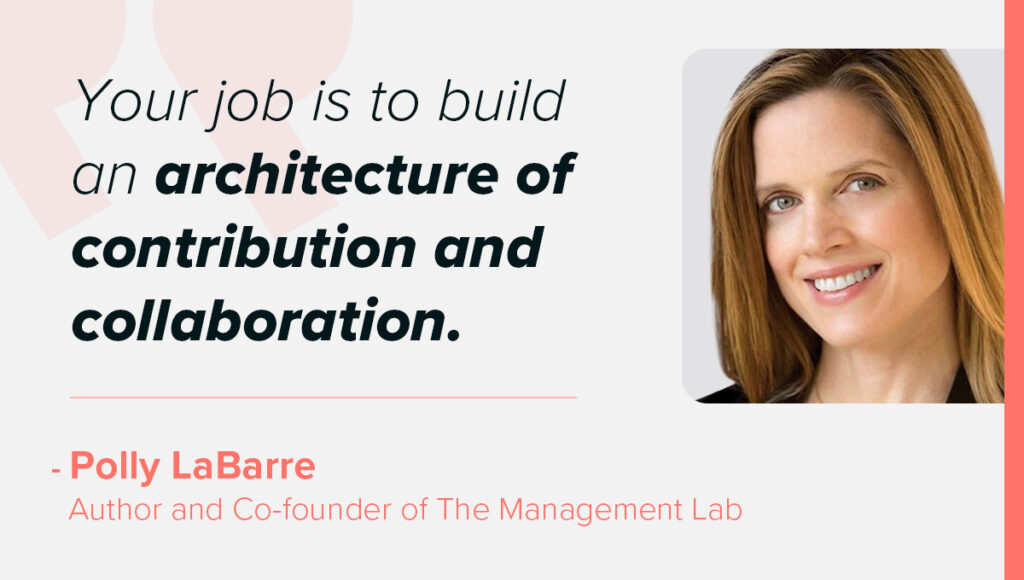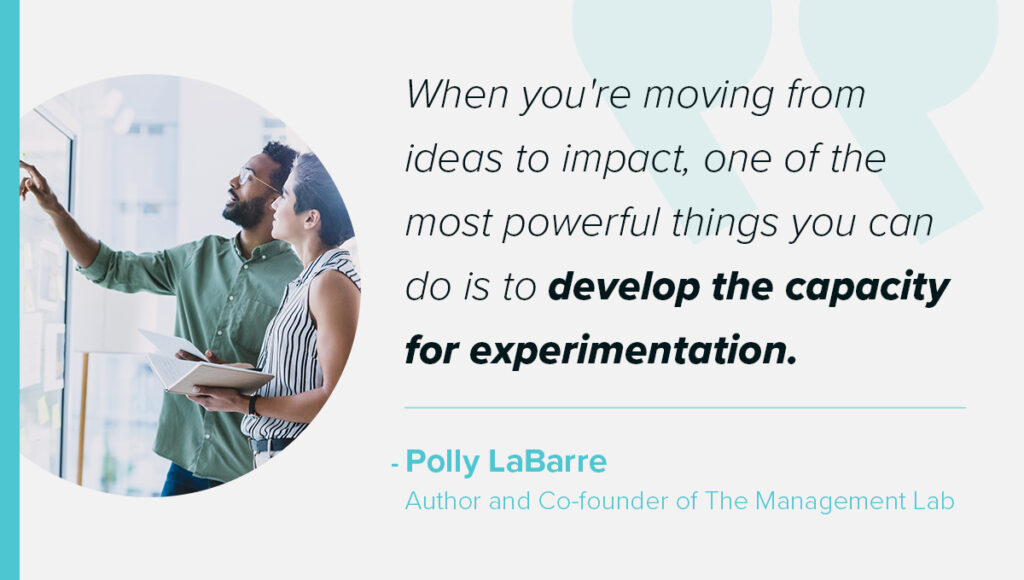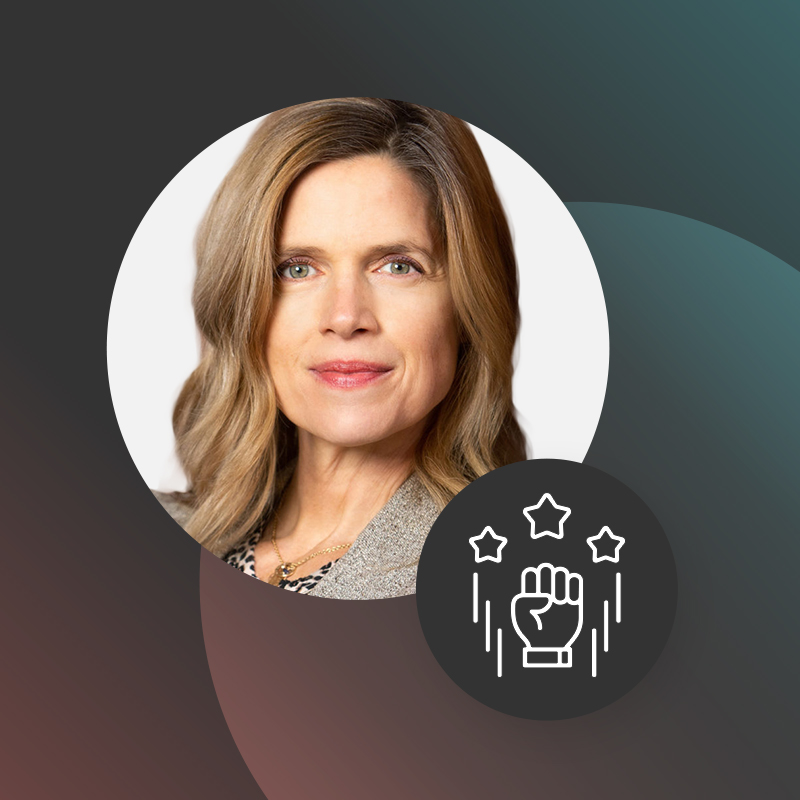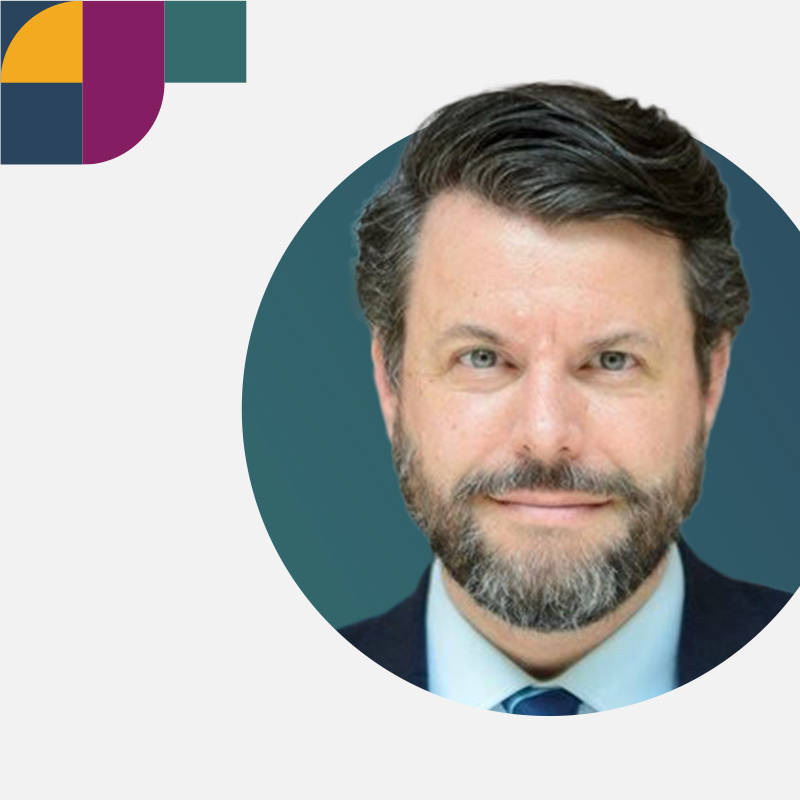When employees flourish, they can elevate the business to new heights. But most organizations don’t have the infrastructure in place to take a people-first approach to work.
“Our organizations were not designed for human beings,” said Polly LaBarre during her People Fundamentals webinar, Designed to Flourish: Unleash Potential, Collaborate Across Boundaries, and Amplify Impact. Organizational operations as we know them were invented 100+ years ago to control human unpredictability, the best-selling author of Mavericks at Work and co-founder of The Management Lab noted.
But in an environment where volatility and change are part of the everyday experience, conformity and control no longer support business growth. “It’s not [organizations] with the most obedient, compliant, and conforming people, but those with the most committed, creative, and contrarian people that tend to flourish,” LaBarre said.
It’s time to rewrite the playbook for business operations, and that starts with unleashing human potential. Check out highlights from LaBarre’s presentation and explore steps you can take to unlock the power in your people.
Rethink the fundamentals of organizational design
For decades, the blueprint for leadership has barely budged, with many leaders coming from similar backgrounds and bringing consistently conventional ideas to the table. To flip the script, “it’s crucially important to radically rethink the organizational design principles that give rise to our models of leadership and our ways of working,” LaBarre said.
She suggested alternative design principles to reimagine the culture of work by giving greater autonomy to employees:
- People define, design, and grow their own jobs.
- Every idea gets a hearing — wherever it comes from.
- Information, doors, and minds are open by default.
- Nobody is smarter than anybody.
- Power is a product of contribution, not position.
- Values rule, peers regulate, and nobody “bosses.”
- Everyone is equipped to lead, create, and own.
LaBarre referenced Buurtzorg, a Dutch home health provider, as an example. Buurtzorg is composed of self-governed teams helping people live more healthy and autonomous lives. This model distributes power across teams rather than localizing it in company headquarters.
“It’s governed by a simple set of regulatory mechanisms that help teams coordinate and manage themselves,” LaBarre said. All of Buurtzorg’s nurses are united by a powerful shared purpose, and they’re all trained in collaborative skills such as consensus-based decision-making and conflict resolution. Nursing teams are supported by a proprietary platform where nurses can connect, share knowledge and stories, ask questions, and solve problems — together.
The Buurtzorg model has produced some startling results, LaBarre said: Patients heal faster and spend less time in care, employee satisfaction has reached new heights, and costs to the company have plummeted.
Create channels for sharing and refining ideas
You can’t produce new ideas in a vacuum. One person may provide the spark for innovation, but other people fan the flames. “Innovation is a social process,” LaBarre said. “Even what looks like the greatest ‘aha’ moment is arrived at through a long chain of insights, sparks and connections, and novel solutions.”

But people have limited opportunities to share new ideas in a traditional top-down leadership hierarchy. That’s where HR can transform operations to facilitate innovation: “Your job as a people leader is to create friction-free mechanisms and forums for sharing ideas, to figure out how people can build on one another’s work-in-progress, to help people make connections across those organizational boundaries that tend to blind people to opportunities and potential,” LaBarre said. “Your job is to build an architecture of contribution and collaboration.”
As an example of an effective architecture of collaboration, LaBarre referenced Mutual Fun at Rite-Solutions. The program is set up to allow anyone to contribute ideas, which other team members can respond to and elevate. “Often the most powerful ideas come from the unlikeliest places,” LaBarre said, adding that Mutual Fun gives the quiet, diverse voices a channel for contribution.
But Mutual Fun doesn’t just generate new ideas: “It helps them to collaboratively refine and prioritize those ideas,” LaBarre said. Everyone can participate in new ideas and expand the scope of their jobs.
Develop a framework for experimentation
The key to ongoing change is experimentation, when people have the chance to apply and refine new ideas in practice. “When you’re moving from ideas to impact, one of the most powerful things you can do is to develop the capacity for experimentation,” LaBarre said. It’s a strategy for quickly generating a lot of options and pinpointing the changes that will produce the greatest impact at scale.
“The key is to move away from the traditional approach to developing and launching new things,” LaBarre said. The traditional approach requires a lot of energy and resources upfront — and the more you put into it, the less likely you are to want to change your approach, resulting in rigid and inflexible solutions that may not actually work.

Some companies have developed an experimentation framework to bring new ideas to life. At one point, Intuit, for example, began to hit a performance plateau and felt mired in bureaucracy, LaBarre said — prompting the CEO to flip the script and encourage decisions fueled by experimentation.
This decision produced Intuit’s Design for Delight program, which allows employees to deeply explore and test solutions to customer problems. When an employee wants to try something new, they start with two to three weeks of observing customers and absorbing their pain points. “Not surprisingly, every time someone does this,” LaBarre said, “their preconceptions that they walked in with are usually shattered.”
The next phase consists of an iterative brainstorming and design process where the employee works out several solutions before deciding what’s most important to pursue. Finally, the employee develops a mockup, creating something tangible to test and recalibrate until they get it right.
You can apply experimentation to HR operations and strategy, too. At one point, Inuit’s new chief people officer received a plan for launching a new performance management system, LaBarre said. But instead of following the traditional rollout model, she backed it up and developed a hypothesis for how the new system could transform performance, and tested the hypothesis through experimentation.
“Because it was designed and vetted by users — employees — it ended up being a much better solution,” LaBarre said. “It bypassed that whole ordeal of launch and cascading communications and getting buy-in and ramping people up because they had designed it themselves.”
Want to see the full presentation? Watch the webinar on demand.
Designed to flourish: Unleash your potential


